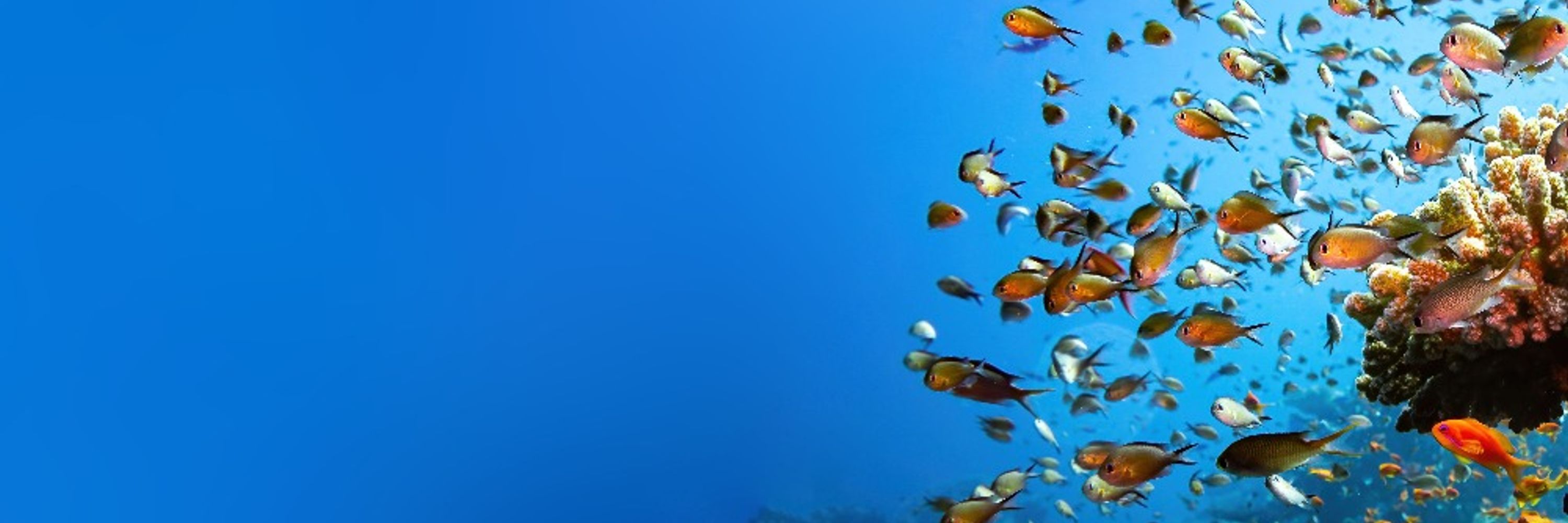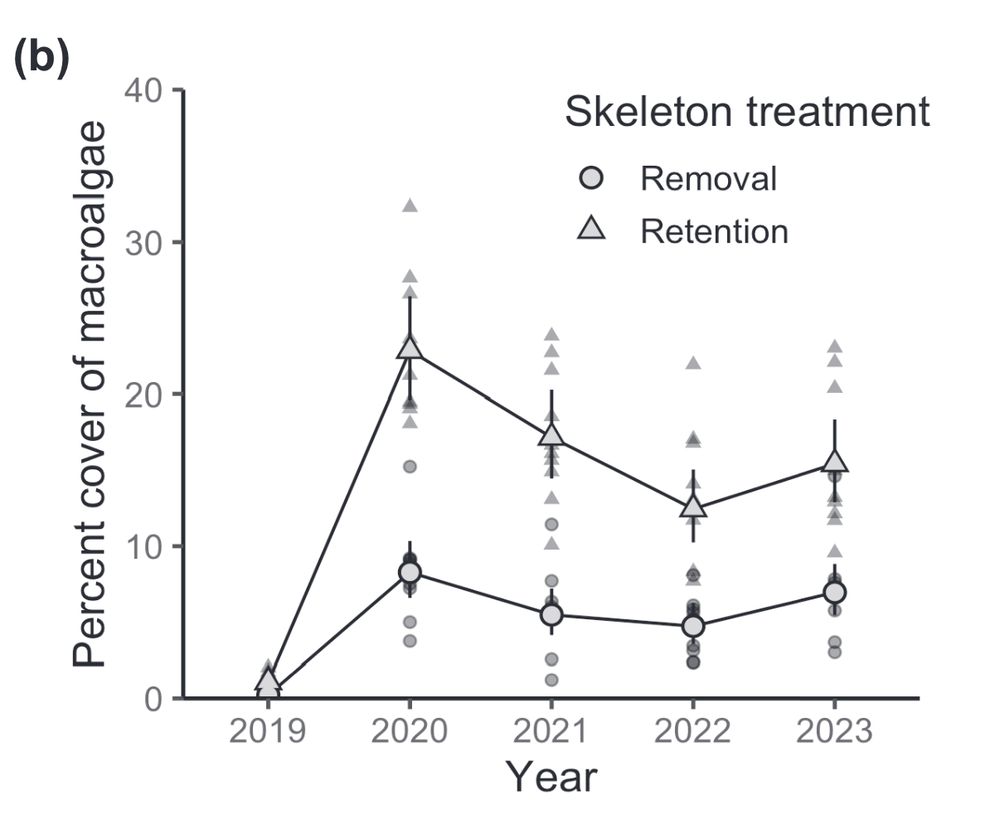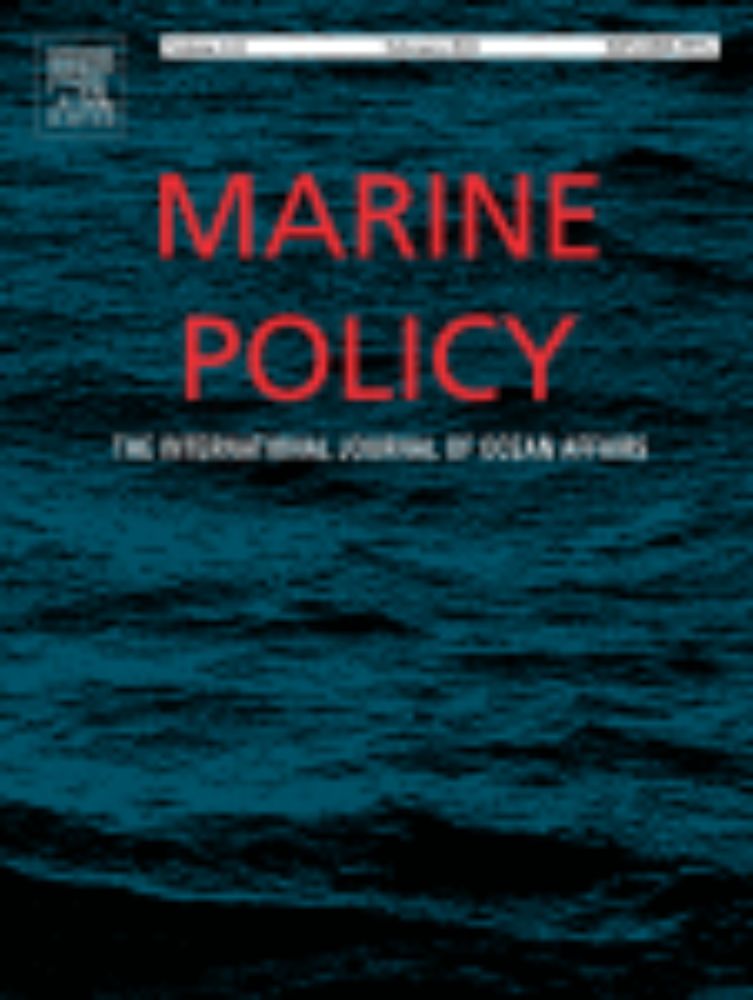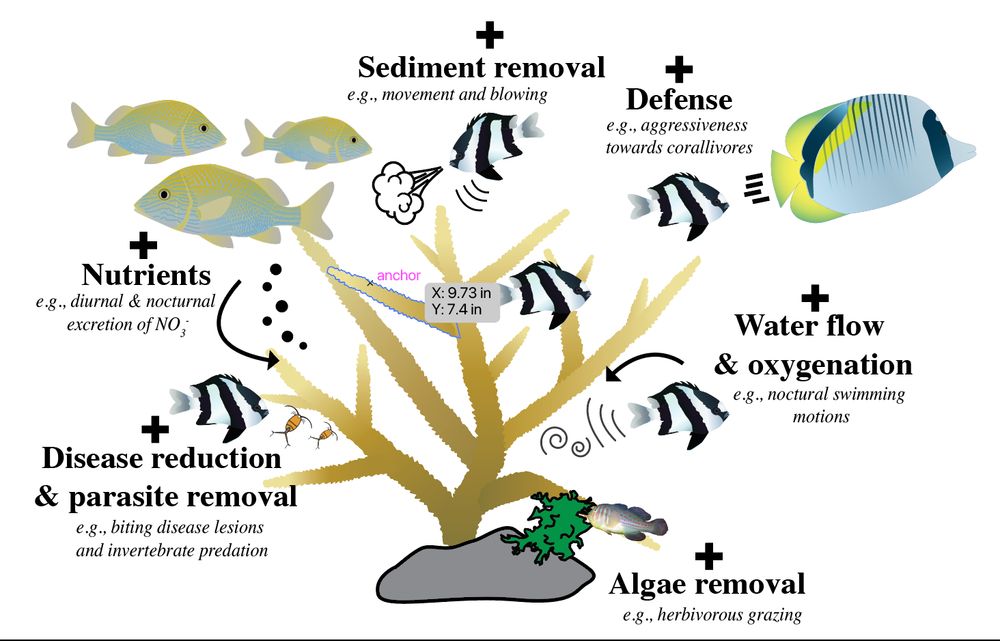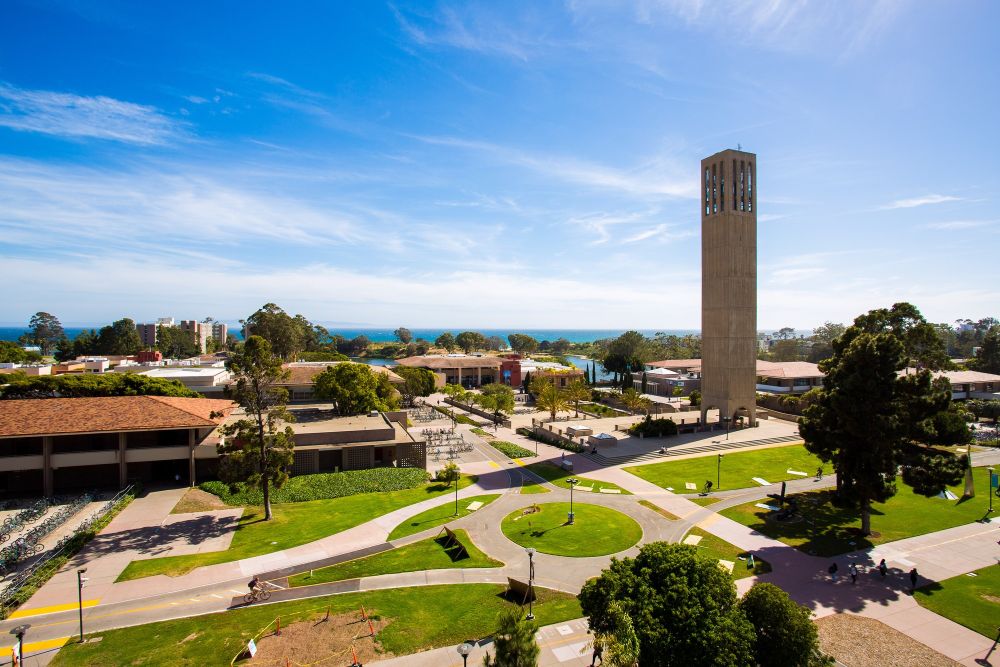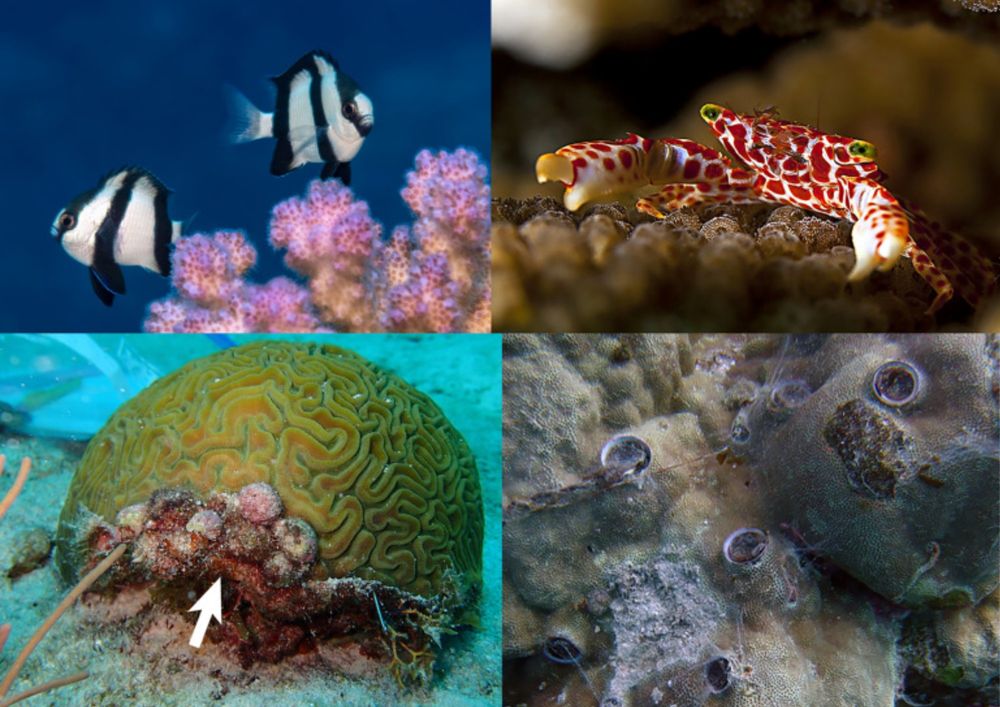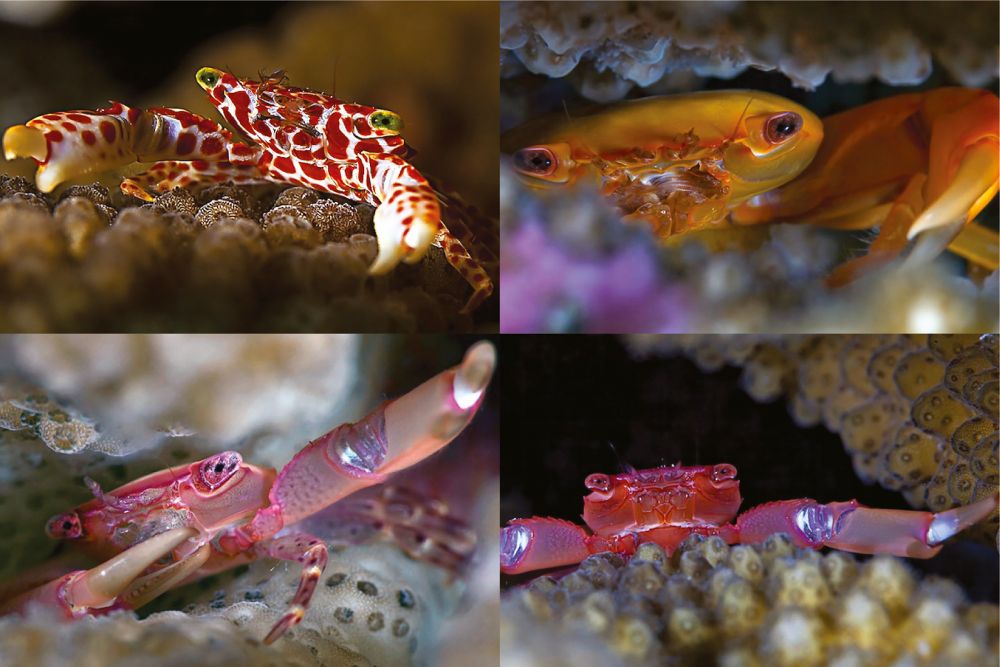Adrian Stier
@adrianstier.bsky.social
470 followers
180 following
24 posts
Ecologist and Conservation Biologist. PI @oceanrecoveries lab | Focus: ocean ecosystem resilience. | @ucsantabarbara | he/him/his
https://www.oceanrecoveries.com/
Posts
Media
Videos
Starter Packs
Adrian Stier
@adrianstier.bsky.social
· Sep 7

Changing Feeding Levels Reveal Plasticity in Elasmobranch Life History Strategies
We analysed life history traits of 151 elasmobranch species for two contrasting feeding levels in a principal components analysis. Two axes, reproductive output and generation turnover, structure ela...
onlinelibrary.wiley.com
Adrian Stier
@adrianstier.bsky.social
· Sep 5

Fate-tracking early coral recruits following bleaching in a remote reef ecosystem - Coral Reefs
As coral reefs face increasingly frequent and severe disturbances, their condition relies more heavily on recovery dynamics. Understanding reef recovery is essential for assessing the long-term ecolog...
link.springer.com
Adrian Stier
@adrianstier.bsky.social
· Sep 3
Adrian Stier
@adrianstier.bsky.social
· Sep 3
Adrian Stier
@adrianstier.bsky.social
· Sep 3
Adrian Stier
@adrianstier.bsky.social
· Sep 3

Long-term dynamics of hard coral cover across Indonesia - Coral Reefs
Most comparative studies assessing reef health focus on living hard coral cover as the key metric. In Indonesia, in situ monitoring of coral cover has been ongoing for over five decades. However, as m...
link.springer.com
Adrian Stier
@adrianstier.bsky.social
· Aug 28
Reposted by Adrian Stier
Phil Levin
@phillevin.bsky.social
· Mar 1
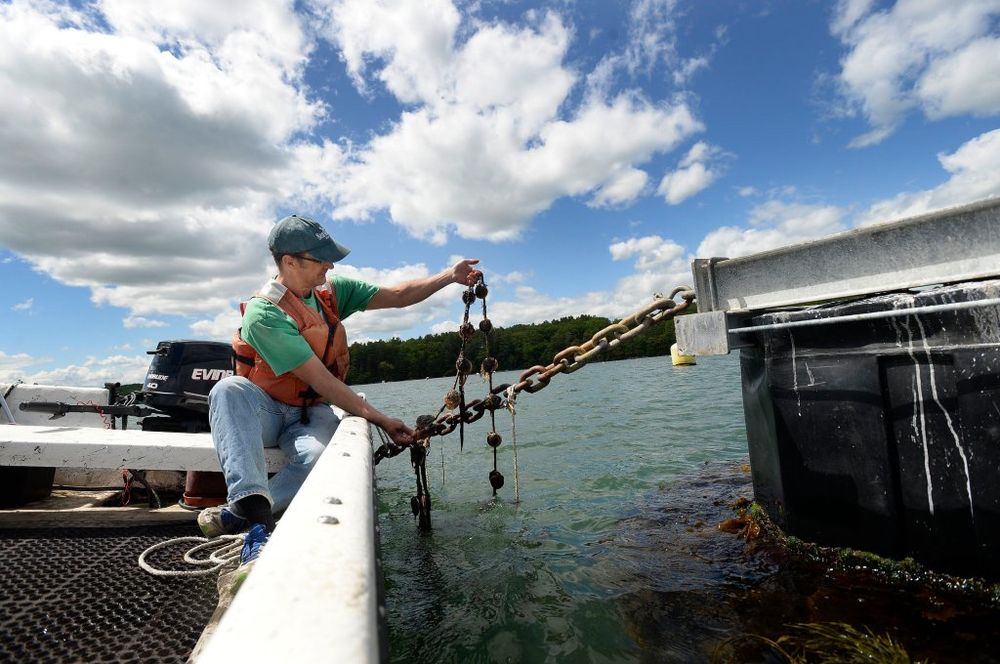
Maine Sea Grant in jeopardy after Trump administration terminates $4.5 million grant program
The move to discontinue the four-year agreement — which comes amid the White House's efforts to slash the National Oceanic and Atmospheric Administration's budget — leaves the fishery organization’s p...
www.pressherald.com
Adrian Stier
@adrianstier.bsky.social
· Feb 21
Adrian Stier
@adrianstier.bsky.social
· Feb 6
Adrian Stier
@adrianstier.bsky.social
· Jan 14
Adrian Stier
@adrianstier.bsky.social
· Jan 11
Adrian Stier
@adrianstier.bsky.social
· Dec 11
Adrian Stier
@adrianstier.bsky.social
· Dec 8
